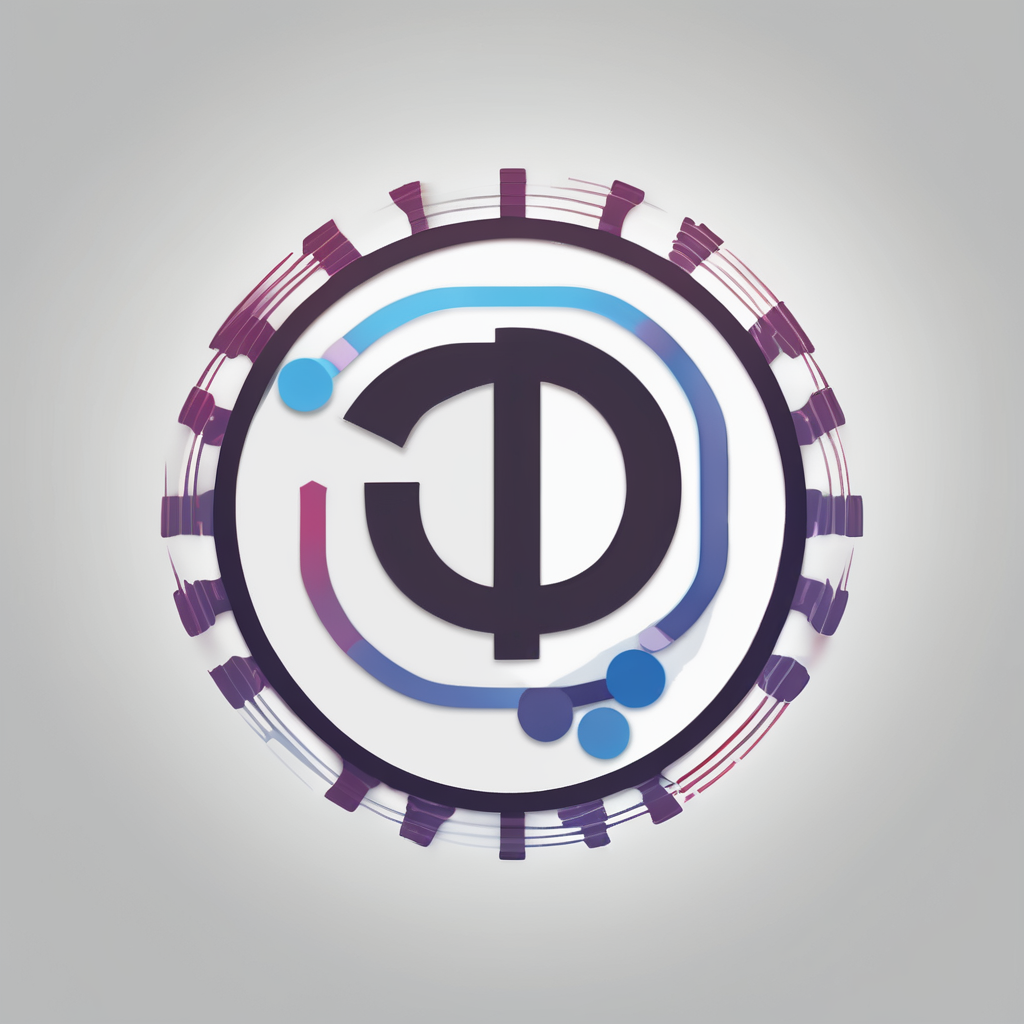The Importance of Trust in Electoral Processes
In a democratic society, electoral trust forms the bedrock upon which secure and fair voting systems are built. It ensures that voters have confidence in the integrity of their elections, understanding that their participation genuinely impacts governance. A lack of trust not only undermines the validity of the outcome but also weakens the fabric of democracy itself.
Technology plays an increasingly significant role in enhancing the integrity of elections. By implementing advanced security measures, it helps in rejecting unauthorized access and ensuring accurate vote counts. Among these technological advancements, blockchain governance has emerged as a formidable tool. Blockchain creates a transparent and tamper-proof ledger that records every transaction. This transparency helps in building voter confidence by providing a verifiable method of tracing election results.
Also to see : Unlocking Sustainable Innovation with PLM Software
The potential for blockchain governance extends beyond the immediate electoral process, offering a future where the perception of trust can be drastically improved. By decentralizing control, blockchain mitigates risks of manipulation, enabling voters to witness firsthand the security and authenticity of their participation. As a result, blockchain technology ushers in an era where voting integrity becomes measurable and participatory trust unequivocally reinforced. This marks a crucial shift in electoral processes where trust is not just assumed but demonstrably achieved.
Introduction to Blockchain Technology in Voting
Blockchain technology represents a revolutionary approach to securing sensitive data, driven by its core principles: decentralisation, transparency, and immutability. Unlike traditional databases, blockchain consists of a series of connected blocks, each containing a record of multiple transactions. Once validated and added, these blocks cannot be altered, ensuring a permanent and indisputable ledger.
Also to see : Essential Steps to Build an Effective Real-Time Machine Learning Fraud Detection System
Current voting systems face challenges such as voter fraud, security threats, and lack of transparency, leading to concerns about the legitimacy of election results. Blockchain technology is poised to address these challenges by providing a more secure and transparent alternative. By utilising blockchain, voting systems can ensure each vote is recorded accurately and tamper-proof, thereby upholding the integrity of electoral processes.
One of the significant benefits of blockchain in voting is the ability to quickly verify and audit results. This reduces the time-consuming and error-prone process of manual vote counting. Additionally, decentralised networks can prevent single points of failure, further safeguarding against malicious attacks and unauthorised access.
In conclusion, integrating blockchain technology into voting systems could lead to more secure elections, restoring public confidence in the democratic process. As electoral systems continue to evolve, exploring blockchain’s potential in this field is essential.
Key Strategies for Data Integrity in Blockchain Voting
Ensuring data integrity in blockchain voting is crucial for maintaining the system’s credibility and trustworthiness. Cryptographic methods are implemented to guarantee data verification, making manipulation almost impossible. For instance, digital signatures and hash functions provide robust security, as each vote is secured with a unique encrypted code. This makes tampering with voting data extremely challenging.
Consensus mechanisms play a pivotal role in blockchain security. They are used to ensure that all participating nodes agree on the vote tally. A commonly used consensus mechanism is Proof of Work (PoW), which helps prevent double-counting and ensures that the entire network accepts the vote counts as accurate. This collective agreement is crucial in maintaining voting accuracy and enhancing trust in the election process.
Regular audits and transparency are equally important to uphold voting accuracy. Conducting frequent audits allows any inconsistencies or anomalies in the data to be identified and resolved quickly. Transparency in the auditing process ensures that stakeholders have access to the same information, reinforcing public confidence in the election results. Such strategies undeniably bolster data integrity in blockchain voting systems.
Securing Blockchain Voting Systems
Blockchain voting systems are lauded for their potential to increase transparency and trust in elections. However, they are not immune to cyber threats. Identifying these threats is paramount to safeguarding democratic processes. Common cyber threats include social engineering attacks, such as phishing, which trick users into divulging sensitive information. Additionally, distributed denial of service (DDoS) attacks can overwhelm a blockchain network, disrupting vote recording.
To counteract these threats, robust security measures are essential. Implementing protective protocols like encryption and multi-factor authentication can significantly enhance system resilience. Regular network monitoring and vulnerability assessments are best practices to ensure the continuous security of these systems.
Despite technological safeguards, user education remains a cornerstone of security. Educating users about secure access protocols, recognizing phishing attempts, and establishing strong, unique passwords is crucial. Empowering users with knowledge not only fortifies the system but also instills confidence in its integrity.
With effective protective and educational strategies, blockchain voting systems can be robustly defended against cyber threats, ensuring that they remain a trustworthy element of modern democratic processes.
Case Studies on Successful Blockchain Voting Implementations
Exploring the world of blockchain voting, several notable case studies stand out, illustrating its successful implementation. One such example is the 2018 municipal elections in Zug, Switzerland, where blockchain technology facilitated a secure and transparent electronic voting process. This pilot project demonstrated blockchain’s potential to increase voter confidence by ensuring that votes were tamper-proof and easily verifiable.
Lessons from these successful implementations suggest that integrating blockchain voting requires careful planning and execution. Leveraging a permissioned blockchain network, as seen in Zug, offers a balance between transparency and security, ensuring that only authorised users have access to sensitive electoral data, thus preventing unauthorised tampering.
Insights from experts indicate that while blockchain can revolutionise electoral systems, challenges remain. Issues such as scalability and voter privacy need addressing before widespread adoption. Experts agree that a hybrid approach, blending traditional and blockchain voting systems, might offer a practical pathway.
Best practices emerging from these case studies emphasise the importance of extensive testing and stakeholder collaboration. Building trust and understanding among voters and election officials is crucial for successful transitions to blockchain-based electoral systems.
Overcoming Challenges in Blockchain Voting
Blockchain voting offers tantalising possibilities for enhancing electoral transparency and security. However, implementation challenges persist, disrupting the path to widespread adoption. These obstacles often include technical integration, political resistance, and budgetary constraints.
To overcome these challenges, stakeholders should work collaboratively to facilitate blockchain adoption. Building trust among the electorate is essential, which necessitates transparent communication strategies and pilot projects to demonstrate system effectiveness. Aligning on shared goals can transform scepticism into acceptance.
Electoral systems require substantial reforms to accommodate blockchain technology. Governments must revise regulations to ensure compatibility, addressing legal and procedural barriers. These electoral system reforms should aim for inclusivity and accessibility, enabling a seamless transition to modern voting solutions.
To strengthen confidence, robust cybersecurity measures are necessary. This involves integrating end-to-end encryption and allowing public audits to guarantee the integrity of blockchain platforms.
In summary, acknowledging and addressing these multifaceted challenges directly can pave the way for successful blockchain voting implementation. Collaborative action and clear communication can convert potential obstacles into opportunities for innovation, ultimately enhancing democratic processes.
Best Practices for Implementing Blockchain Voting
Implementing blockchain voting technology requires careful planning and adherence to best practices to ensure secure electoral processes. To facilitate a smooth transition, organizations should begin by conducting thorough pilot programs. These pilots serve as controlled environments for testing the technology’s capabilities, identifying potential issues, and refining the system before a full-scale launch.
A phased rollout is another critical strategy. By gradually introducing blockchain voting, electoral bodies can manage risks and make necessary adjustments. This incremental approach allows stakeholders to become familiar with the technology and build trust in its integrity and security.
Guidelines for successful electoral implementation include continuous feedback mechanisms and stakeholder engagement. Engaging voters, tech experts, and policymakers ensures all viewpoints are considered and promotes transparency. Feedback from these groups can drive constant improvement in the system, addressing any technology challenges that may arise.
Additionally, adopting robust continuous improvement strategies is essential. This approach involves regularly updating and optimizing the electoral system to adapt to new challenges and threats. Such practices ensure resilience and reliability in blockchain voting infrastructure while maintaining voter confidence and participation. By prioritizing these best practices, organizations can significantly enhance the efficacy and trustworthiness of the voting technology.
Expert Opinions and Future Perspectives
Part of understanding the future of voting involves looking at what industry leaders are predicting. Many experts assert that blockchain technology could revolutionise electoral processes. They believe it provides a secure, transparent, and efficient means to modernise traditional voting systems. But beyond these advantages, they recognise the challenges poised by blockchain evolution.
There’s anticipation that policy and regulation will be crucial. Experts stress that proper frameworks must be crafted to ensure blockchain’s benefits are realised effectively. Policy not only governs the implementation of these technologies but also manages concerns over privacy and security. With nations worldwide showing growing interest in tech-driven elections, these insights have never been more crucial.
Looking towards the future, experts foresee a gradual integration of technology into electoral processes. New technologies could ensure more inclusive and trustworthy voting experiences. However, embracing change can be a double-edged sword. It needs balanced legislation to coexist with advancements, making blockchain voting futures promising yet requiring caution. As the technology evolves, constant dialogue among leaders, policymakers, and technologists will lay the groundwork for a smoother transition.











